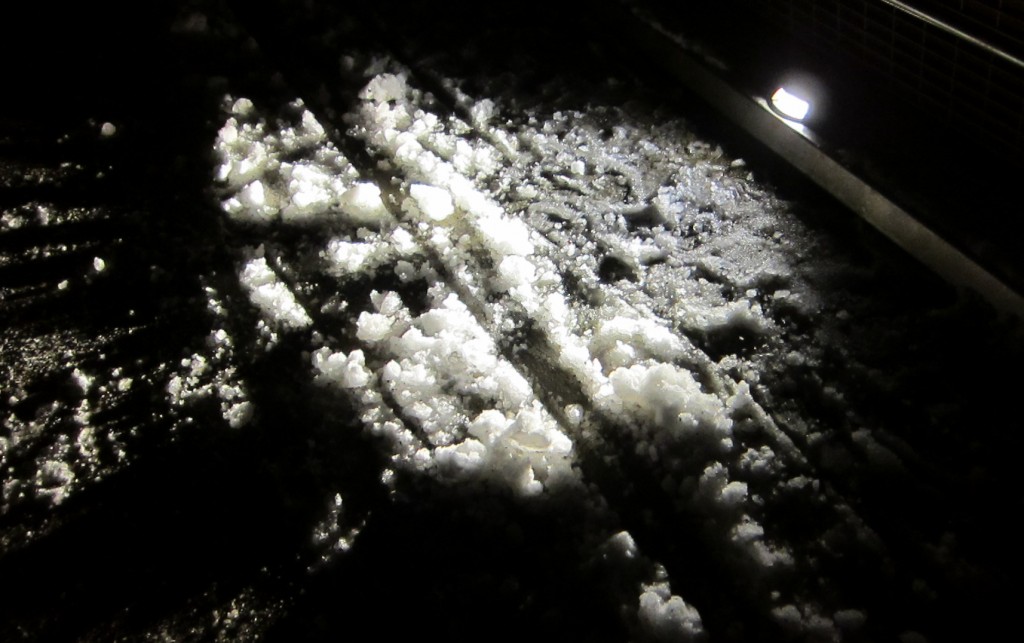This article was first published on The Conversation.
The recent passing of a new addition to the British statute books, which will come into effect on April 6th, is the latest in a long line of poorly drafted drug laws. The new law, to act in parallel with the Misuse of Drugs Act 1971, effectively bans all substances – with the exception of alcohol, tobacco and caffeine – with a “psychoactive effect” on “normal brain functioning”. The awful irony of a UK government exempting two of the most individually and socially harmful substances has not been lost on concerned commentators.
So where exactly has this nonsensical law come from? How on earth have we got ourselves into this situation? And will it work? To answer that, it’s worth reflecting on the emergence of novel psychoactive substances (NPS), or so called legal highs.
New highs
In 2009, club drug researchers first heard talk of the stimulant NPS mephedrone or ‘M-Cat’ at UK clubs and after parties. At that time, there was growing disillusionment among users with the purity of popular illegal club drugs – as one of our interviewees put it, there was “a dire drug drought” characterised by low purity MDMA tablets. As another interviewee claimed, there were “no drugs in drugs anymore”. Indeed, between 2007-2009, the MDMA content of pills plummeted, fake ecstasy pills containing the headache-inducing, banned substance benzylpiperazine (BZP) were rife, and cocaine purity dropped to less than 10%.
As a consequence, those drug-takers who could afford it, switched from ecstasy pills to purer MDMA crystal or powder. And by 2009, club goers – especially those in South London’s gay club scene – also began adding mephedrone to their polydrug repertoires, sometimes with tragic consequences (it is, after all, chemically similar to amphetamine).
Although mephedrone was banned in 2010 by the UK government, its use continues, especially among injecting drug users in poor communities. And there are now many other novel psychoactive substances, principally cheap stimulants and potent herbal smoking mixtures, such as Spice, which are available online, in so-called headshops, or from street dealers who are likely to pick up any business from those shut down by this new law.
One group of novel psychoactive substances which has received less media and academic attention are the benzodiazepine analogues (drugs similar to benzodiazepines or “benzos”). There were 372 fatalities in England and Wales involving benzodiazepines in 2014-15, up 8% on the previous year, and the highest number since records began in 1993 according to the Office for National Statistics.
There were also more than 10m prescriptions for benzodiazepines dispensed in England in 2014, with use not recommended to go beyond four weeks. Yet there are growing concerns about illicit supply through web-based sales. Long-term benzo users suffer both short and long-term harms and need medical support to get off these drugs.
Putting the genie back in the bottle
Certainly, novel psychoactive substances are the nasty genie that prohibition let out of the bottle. To get around the law, NPA chemists created analogues of existing drugs (such as MDMA, LSD and methamphetamine) that were tweaks to the chemical structure and hence entirely legal. And as soon as the law caught up with them, they’d just tweak their formulas again. The UK government, by passing this new legislation, is desperately trying to stuff this genie back inside, once and for all.
But it is unlikely to do any good. There is little or no provision for resources to enforce it, nor anything like sufficient funding for drug education, harm reduction, outreach, and mental health and drug treatment services to help people who may be in trouble with psychoactive substances, not least those in our prisons.
When it comes to taking drugs, at least we know about drugs such as cannabis, MDMA and cocaine – although we don’t always know what some of them are cut with. Purity and availability of these traditional street drugs have returned to or exceeded pre-2007-2008 levels, although this may bring its own problems.
But at least we know something about the effects of these more familiar substances and can help people mitigate against possible harms. What is clear is that the human desire for intoxication, usually in the pursuit of pleasure, but sometimes at the cost of a person’s health, wealth and even liberty, endures. Without a recognition that demand for psychoactive substances will not go away, banning all psychoactive substances won’t work, just as it hasn’t in the past.
Those who ignore history
Governments worldwide need to learn one crucial lesson from the emergence of NPS. Their emergence is directly related to global prohibition and the war on drugs we have been fighting for over 100 years, a war that has had few successes. Crucially, many concerned commentators continue to chronicle the harmful unintended consequences of prohibiting drugs.
Drug history is always useful in understanding drug presents and futures. This new law gives us more of the same, and so is unlikely to work if success is judged on producing a safer world for the many millions who continue to consume psychoactive substances.
Dr Karenza Moore is a Lecturer in Sociology at Lancaster University. Tweets @DrKarenzaMoore

